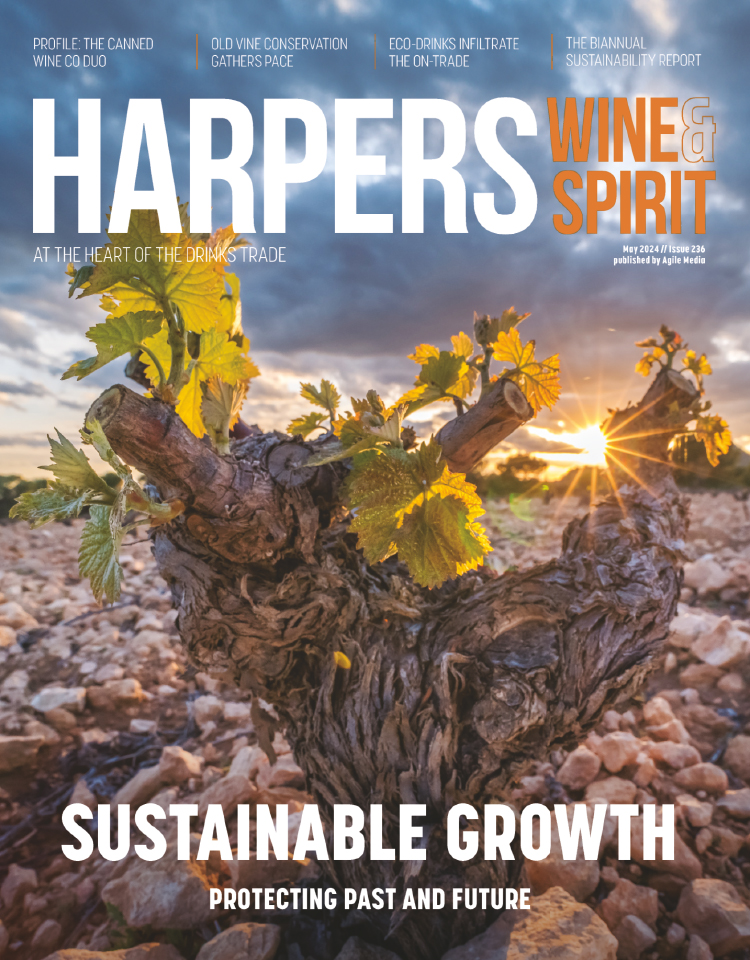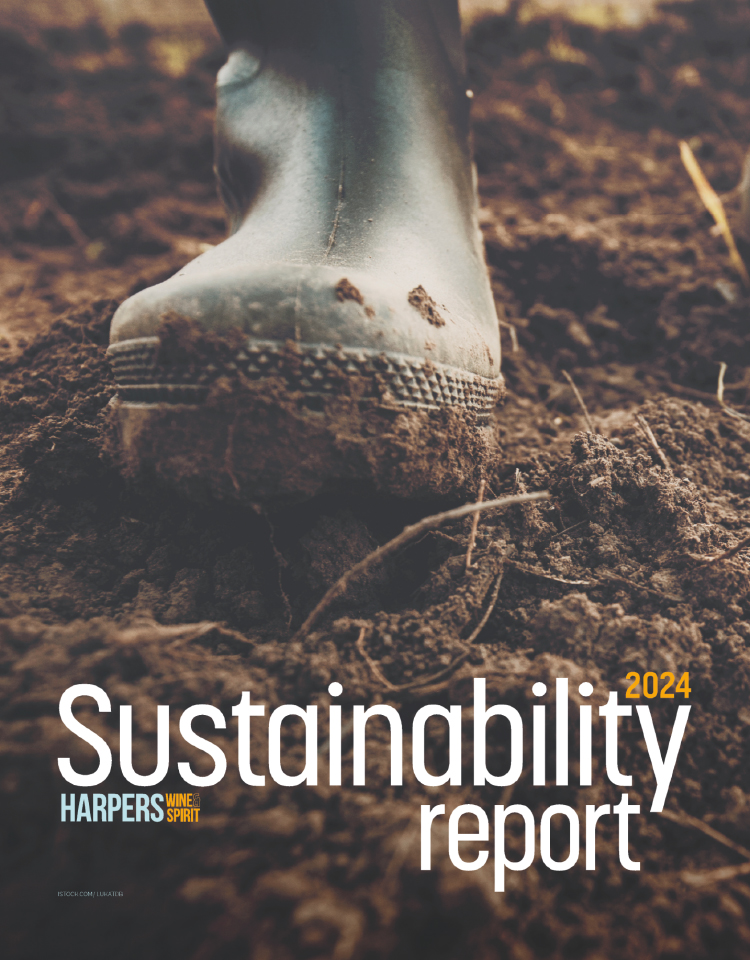
Value outpacing volume in RTD products growth
Consumer demand for premium ready-to-drink (RTD) products will drive the category forward, with value growth outpacing volume growth at 8% vs 5% CAGR 2022–26, according to an annual study from IWSR Drinks Market Analysis.
The 2022 IWSR RTD Strategic Study examines and forecasts growth in the RTD category across 10 focus markets – Australia, Brazil, Canada, China, Germany, Japan, Mexico, South Africa, UK, and the US – which together, represent more than 85% of all RTD volumes worldwide.
According to the report, RTD category volumes across the 10 focus markets will grow 24% over the next five years.
The US continues to command the most significant volumes and percentage growth, though this is expected to temper, as momentum for hard seltzers (which make up 60% of the RTD segment in the US) has begun to cool in the market.
“Consumers in the US have grown accustomed to the convenience and variety offered by RTDs, which have increasingly led to people trading up to spirit-based cocktails. This reflects the overall spirits premiumisation trend in the US and the popularity of bar-made cocktails,” said Brandy Rand, chief strategy officer at IWSR Drinks Market Analysis.
Across all markets tracked in the study, spirit-based RTDs, especially those made with vodka, held 45% category volume share in 2021 and are driving the lion’s share of innovation.
Well-known cocktails and long drinks are forecasted to spur the most growth in RTDs globally, with volumes expected to overtake hard seltzers in 2025. In the 10 focus markets, cocktails/long drinks are forecasted to command about 26% of the total RTD category by 2026, compared to 20% for hard seltzers.
IWSR’s study also shows how consumers continue to drink RTDs instead of and alongside traditional alcohol categories. For example, beer is cited as the most commonly replaced drink, as well as the beverage most likely to be consumed with RTDs on the same occasion.
In addition, taste is a leading factor in why consumers choose RTDs, with packaging attributes such as portability and single-serve sizing growing compared to previous years.
The IWSR also tracked product innovation at the SKU level. Findings indicate a decrease in RTDs claiming dietary benefits and an increase in brands claiming natural ingredients.
“With the RTD category firmly established and competition at an all-time high, brand owners continue to focus on innovative products and brand extensions or partnerships to drive greater awareness and distribution.
The RTD innovation IWSR is tracking year-on-year clearly shows a rapid pace of product transformation to meet consumer demand,” added Rand. “There is no single dominant type of RTD globally, which makes the category uniquely positioned to capitalise on local tastes and trends.”





